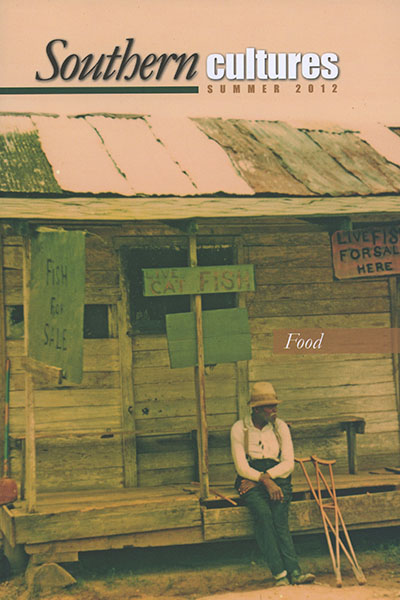“Finally, the defendant was called to testify. The air went from lighthearted post-lunch chatting to dour and intense. Judging from the sudden solemnity, one might have imagined that this trial was for drug trafficking or a violent crime. But it was about something that had much more profound implications: picking plants—specifically, wild onions.”
We had been sitting on the hard wooden pews at the federal courthouse in Bryson City, North Carolina, for hours on November 23, 2009, the Monday before Thanksgiving. We stretched our legs during the small break we were given for lunch and made sure to leave enough time to get back through the security screening at the building so that we would not miss any of the case as it continued well into that afternoon. At least half of the courtroom was filled with American Indians, mostly from the Eastern Band of Cherokee Indians (also known as the EBCI or “Eastern Band”) of North Carolina, along with a few from the Cherokee Nation of Oklahoma (the “Western Band”). This was an unusual sight even for this town that borders the Qualla Boundary, the current homeland of the Eastern Band. Professors, elders, and even the Eastern Band chief attended both as witnesses and, like me, to offer moral support. Finally, the defendant, George Burgess, who is an Eastern Band citizen, was called to testify. The air in the room went from lighthearted post-lunch chatting to dour and intense. Judging from the sudden solemnity, one might have imagined that this trial was for drug trafficking or a violent crime. But it was about something that had much more profound implications: picking plants—specifically, wild onions.


